Referred to by most travellers as the Duomo, this imposing and breathtaking cathedral in Florence (it literally took my breath away the first time I saw it), is officially known as the Cathedral of Santa Maria del Fiore.
A mix of both Gothic and Renaissance architecture, its fabled dome rises above the historic city, and its intricate facade of white, green, and pink marble attracts millions of visitors each year.
In fact, more than 4 million(!) people step through its doors each year (some after standing in a very long line to have the privilege), drawn by its historical significance, artistic beauty, and the engineering genius of Filippo Brunelleschi’s iconic dome with Dante’s Inferno gracing it’s interior.
Behind the scenes, preserving this UNESCO World Heritage Site requires a lot of meticulous care and attention.
On my recent visit to Florence, the Duomo was about halfway through an intense cleaning and the difference between the restored facade and the unrestored was jarring. It got me thinking about how these important, historic monuments are cleaned and maintained in modern, bustling cities — here’s what I’ve discovered.
The difference between a cleaned section and an uncleaned section of the Florence Duomo
The Duomo is not a new building — construction began in 1296, led by Arnolfo di Cambio, and was completed in the 15th century with the addition of Brunelleschi’s groundbreaking dome.
The facade, adorned with intricate patterns of marble, tells stories of faith, history, and artistry. However, like any centuries-old monument, it is vulnerable to pollution, plant growth, and the natural wear of time.
To ensure it will be around for hundreds of years to come, the Opera di Santa Maria del Fiore — an organization established in 1296 — oversees its conservation.
How the Duomo is cleaned
The cleaning and maintenance of the Duomo involves multiple steps that mix modern technology with traditional craftsmanship. Each step is carried out very carefully to ensure there is no damage to the original materials.
Step 1: Inspection and assessment
Before any cleaning begins, conservators conduct a detailed inspection of the entire facade. This involves:
A visual examination: Experts examine the marble to identify the areas that have been affected by pollution, weathering, or growth like algae, moss, and lichen.
Mapping the damage: Each imperfection is mapped and documented to prioritize areas requiring immediate attention.
Conducting scientific testing: Small samples of the marble may be analyzed to determine the extent of damage and the best cleaning methods. The restorers now also use advanced imaging techniques, like laser scanning, to create a detailed model of the structure.
A section of the Duomo with moss and dirt waiting to be cleaned.
Step 2. Gentle Cleaning Techniques
Cleaning the Duomo’s marble requires non-invasive methods (no, you cannot just spray in down with a pressure washer). The techniques used include:
Micro-abrasion: Fine water spray gently removes dirt and grime without harming the marble’s surface. This method is what removes pollution stains best.
Laser cleaning: Lasers (yes, lasers) are used to vaporize dirt and biological growth. This method is used to clean the intricate carvings and delicate details on the building, as it targets the dirt without touching the stone.
Cleaning by hand: On the more sensitive areas, artisans will get right in there with soft brushes and specialized cleaning solutions.
One of the intricate sculptures on the facade of the Duomo.
Step 3. Restoration Work
During cleaning, any damage or erosion found in the marble is carefully restored. This involves:
Replacing broken or chipped sections: Missing or damaged pieces are replaced with pieces of marble sourced from the same quarries that were used in the 14th century.
Re-carving eroded details: Artisans replicate intricate designs that have eroded from pollution (or time) to match the original work.
Reinforcement: Structural reinforcements may be added to ensure the stability of weakened sections.
Step 4. Protective Treatments
After cleaning, the marble is treated to protect it from future damage. This includes:
Hydrophobic coatings: These coatings repel water, reducing the growth of moss and algae.
Anti-pollution barriers: Protective layers help shield the marble from air pollution and acid rain.
Regular monitoring: Sensors, especially in the higher-elevation sections, and visual inspections are used to track the condition of the marble over time.
Tips for visiting the Duomo
The Duomo is impossible to miss, it is in the heart of the city of Florence and the sheer size of the building makes it viewable from every street that approaches it.
Before even thinking about going inside, I encourage you to really look at the facade — walk around the entire building, see the dome at every angle, marvel in the coloured marble, really see the structure while you contemplate the years that it took to build it and the people that have viewed those very walls over the centuries.
The first time I visited the Duomo no tickets or lines were required to enter. The doors were simply open, and you could walk inside. Now, with tourism at its peak, that is no longer an option, and tickets and lines are now a part of the process.
The one tip that I cannot stress enough is the first one in the list below:
Be respectful: This is not a theme park. This is a church, and whatever you may believe, that is a sacred space for many people. Speak quietly, watch where you are walking, and don’t film or take photos in an obtrusive way. In fact, put down your phone and see the vast, solemn space through your own eyes, light a candle, and just, be.
Cover up: Modest clothing is required to enter any church in Italy. That means that your shoulders and knees must be covered (this goes for all genders). Ensure you are dressed appropriately.
Book tickets in advance: The Duomo is one of Florence’s most popular attractions, so tickets often sell out. Make sure you book in advance, especially if you are traveling in the high-season.
Visit early or late: A lot of tourists take day trips from Rome to visit Florence, which means that the streets thin out in the early morning and late afternoon. That makes those times the best time to visit both the exterior and interior of the Duomo.
The cathedral is open to visitors from Monday to Saturday, but closed on Sundays and religious holidays when services are taking place. Visit the website for up to date info about opening times, and other areas of the building that you can visit.
Interested in more blogs like this?
Meet The Author
Lindsay Shapka is an avid traveler and the creator of The Anthrotorian — a website dedicated to sharing travel tips, stories about adventures, culture quirks, artists you should know, fascinating bits of history, and more!
She is also an artist, marketing specialist, editor, and freelance writer who has work featured on websites, blogs, and in magazines like National Geographic Traveler.

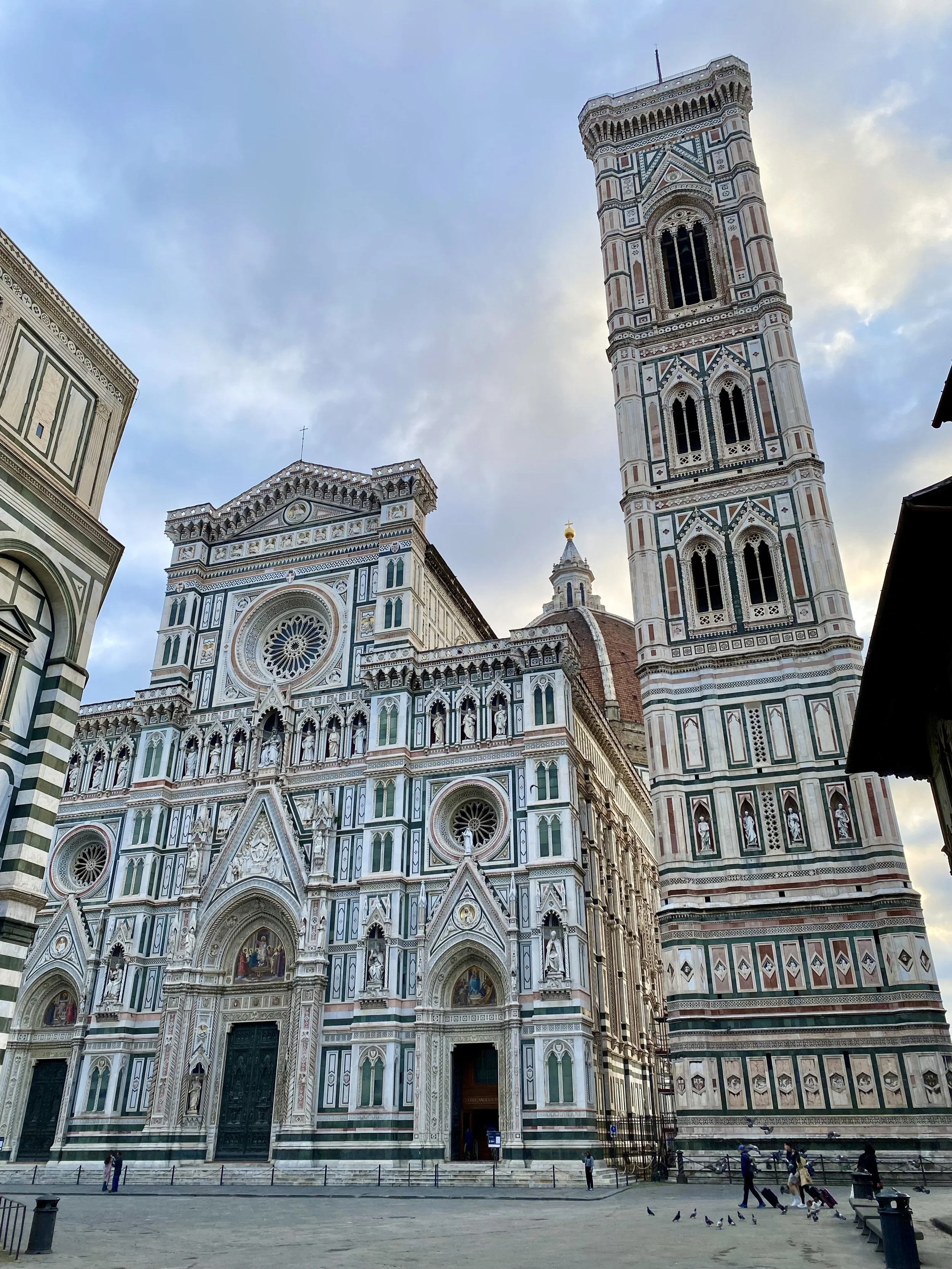
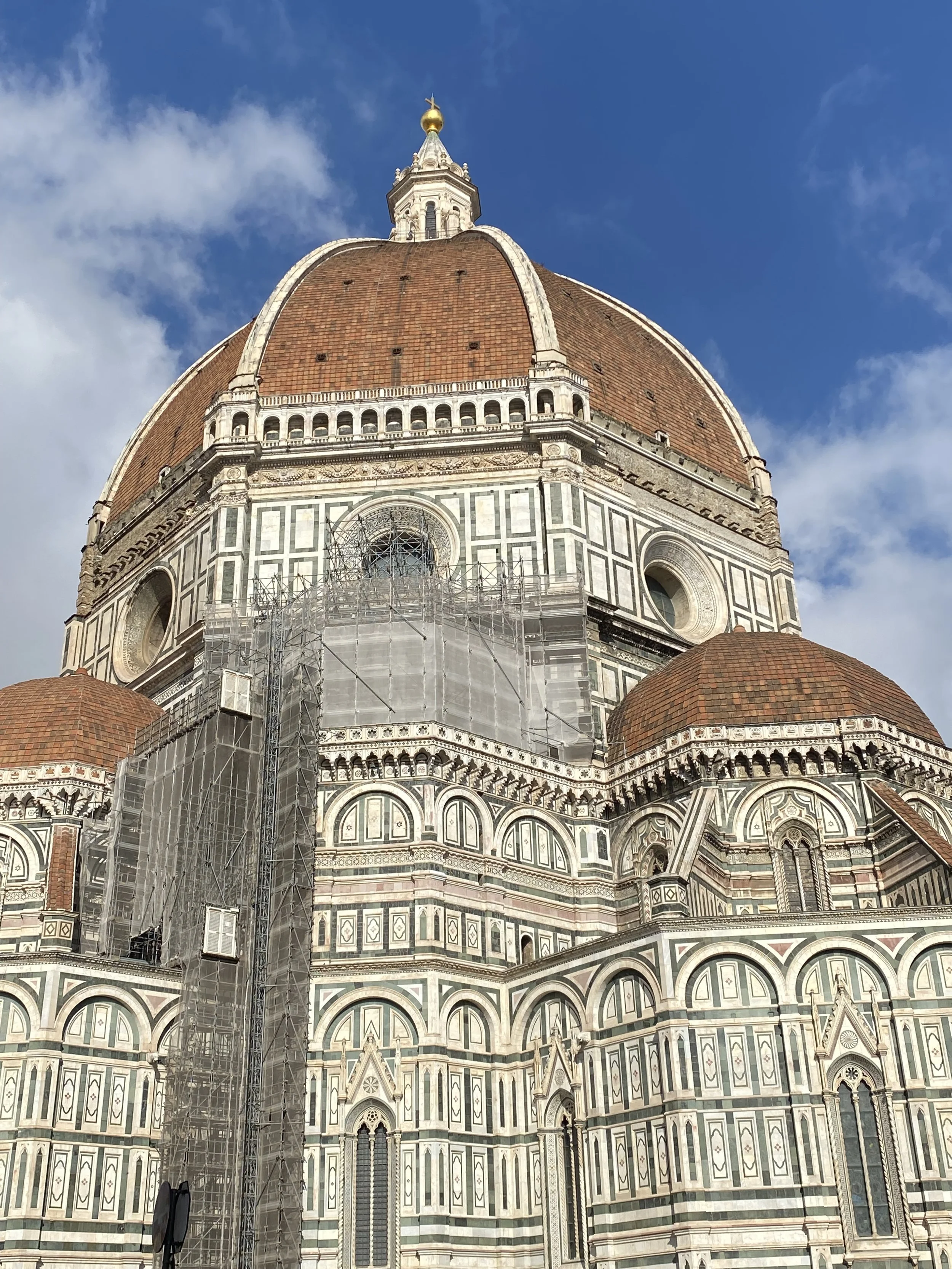
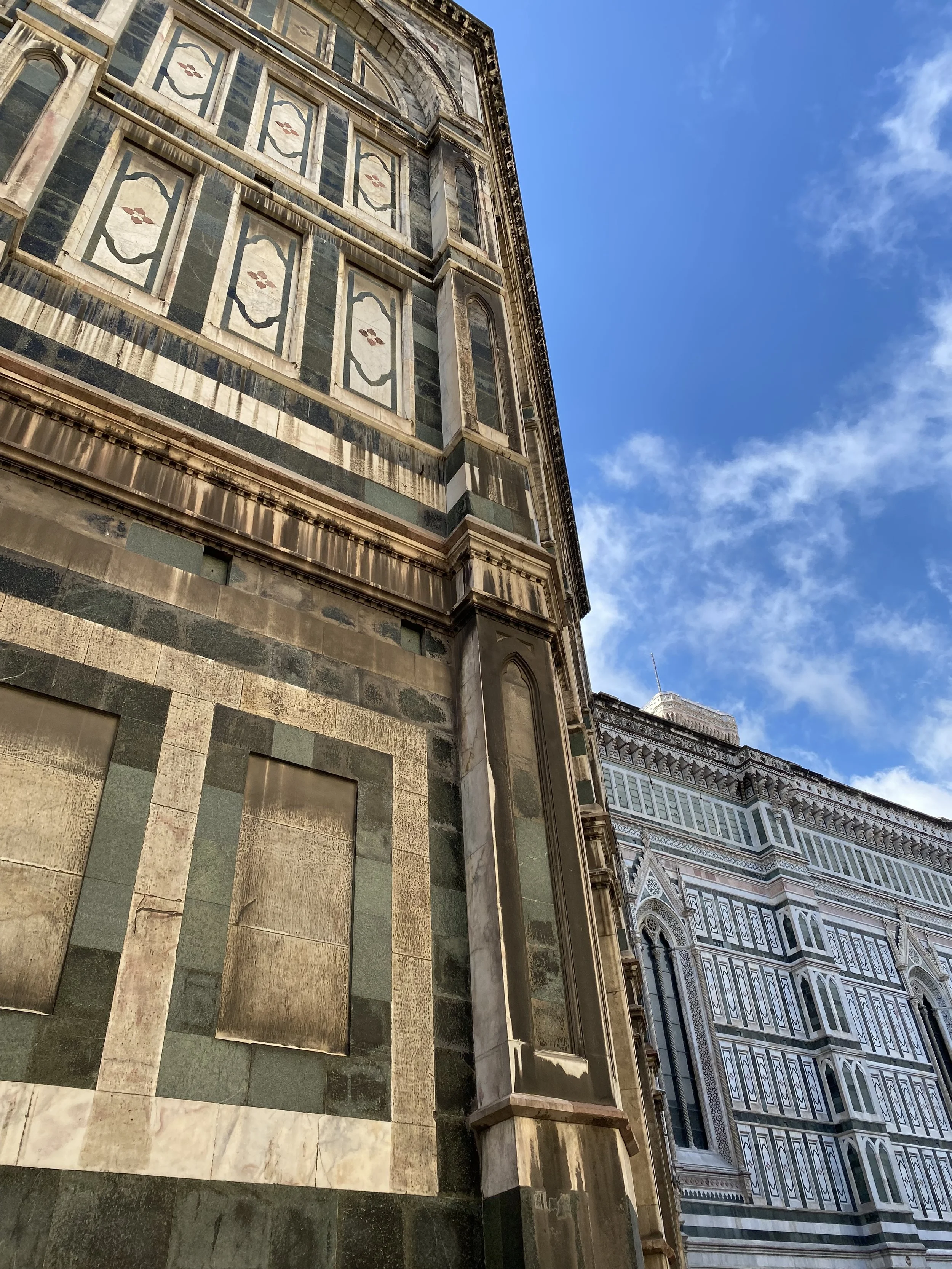
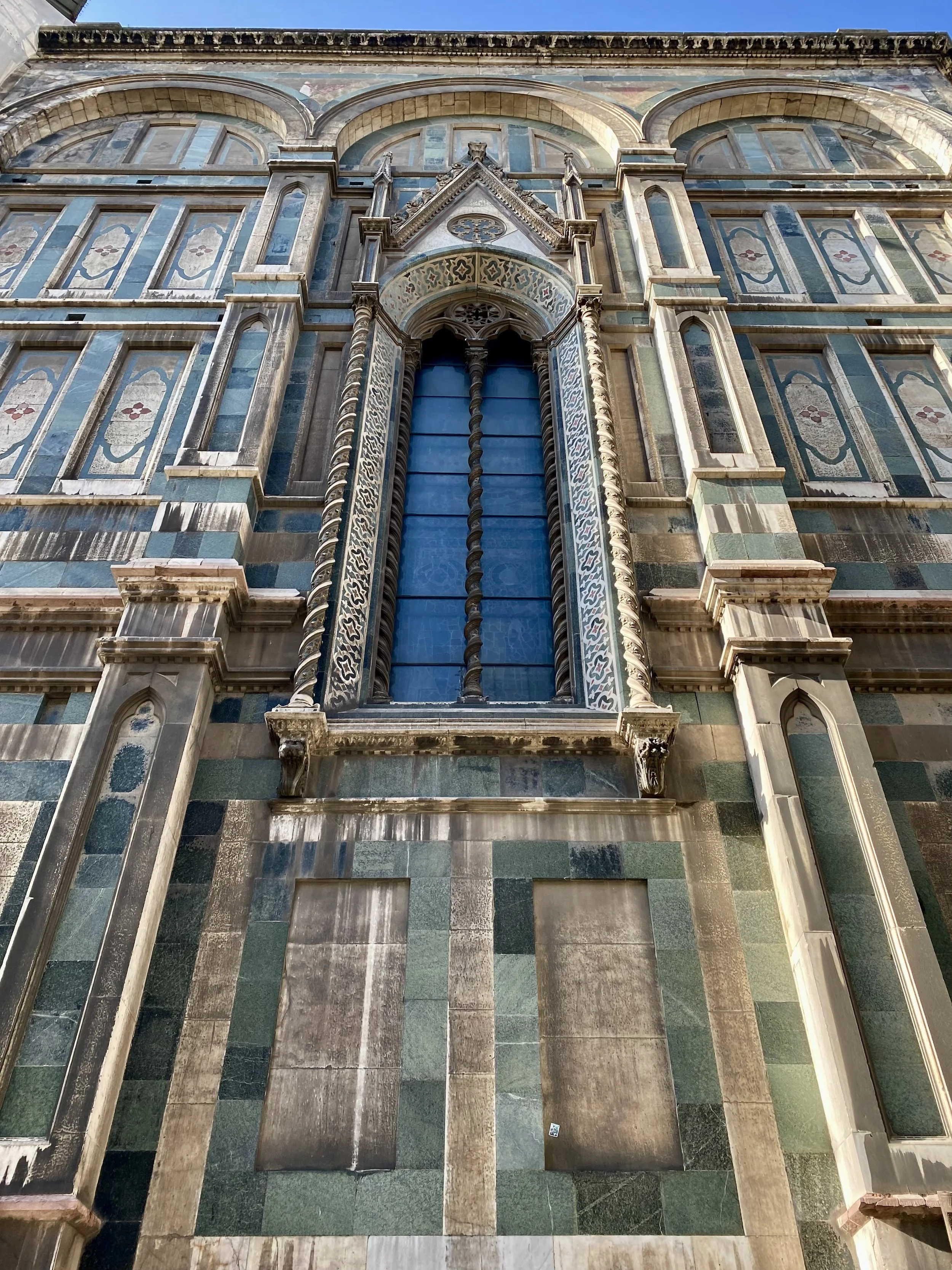
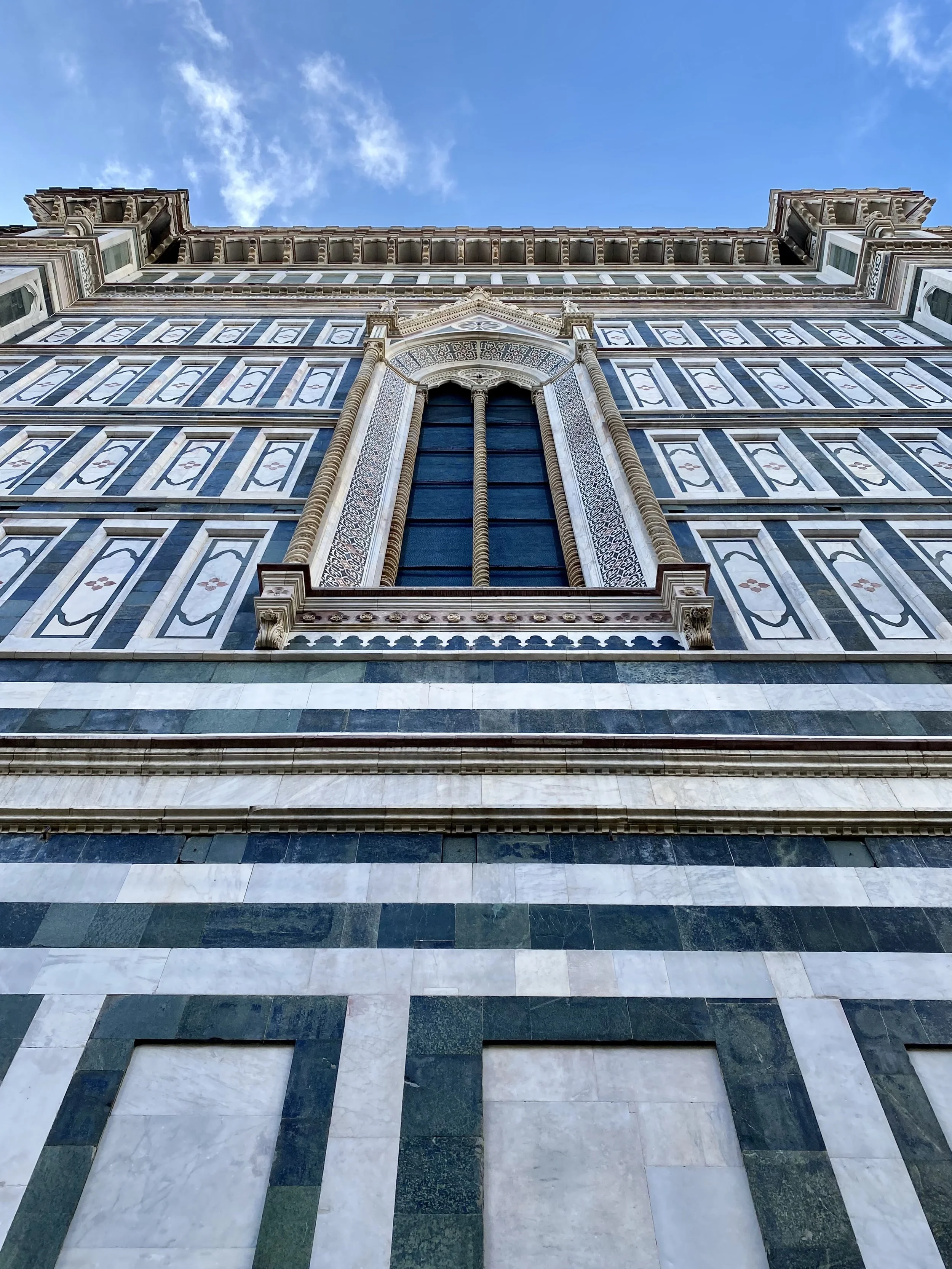
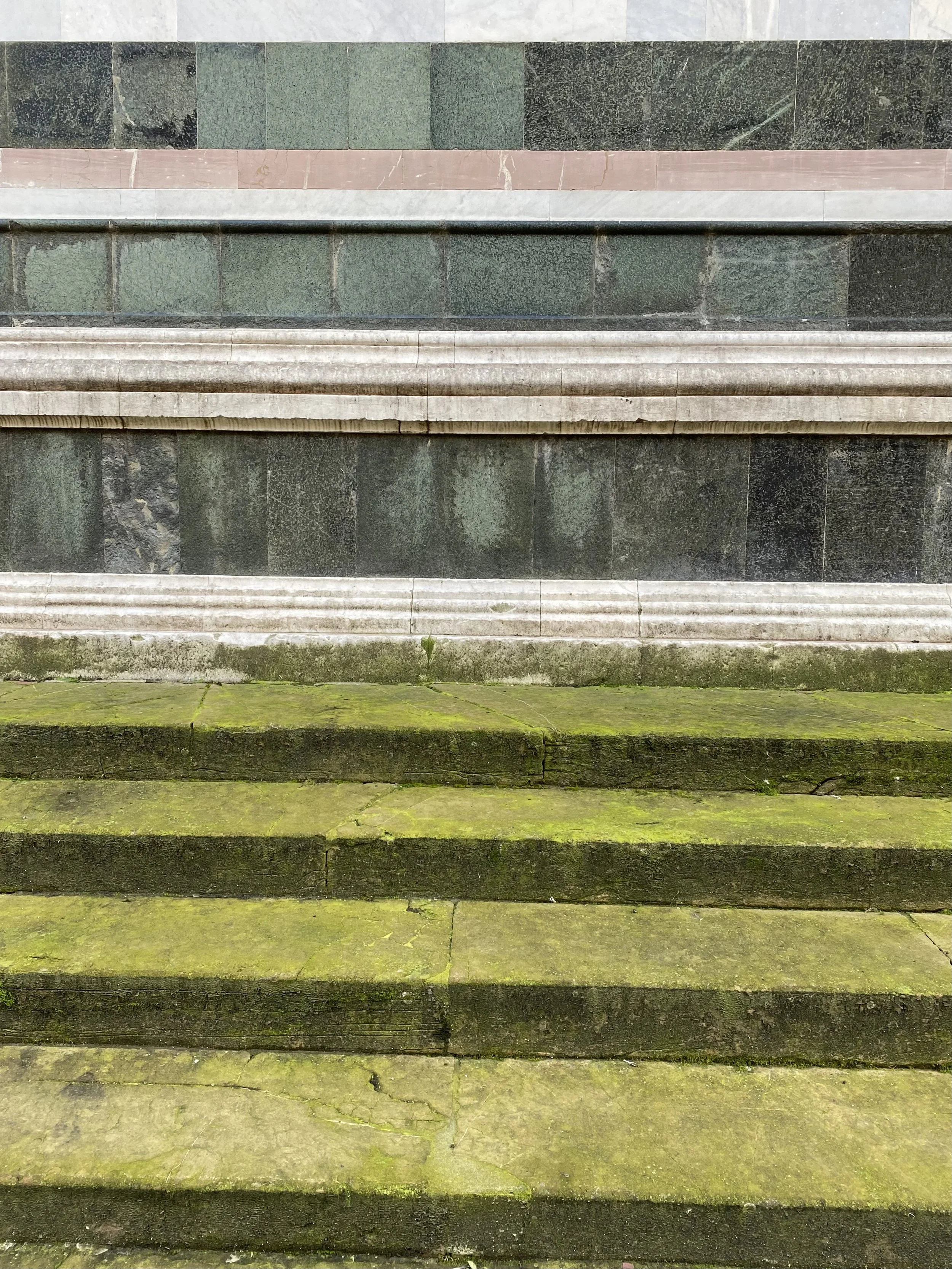


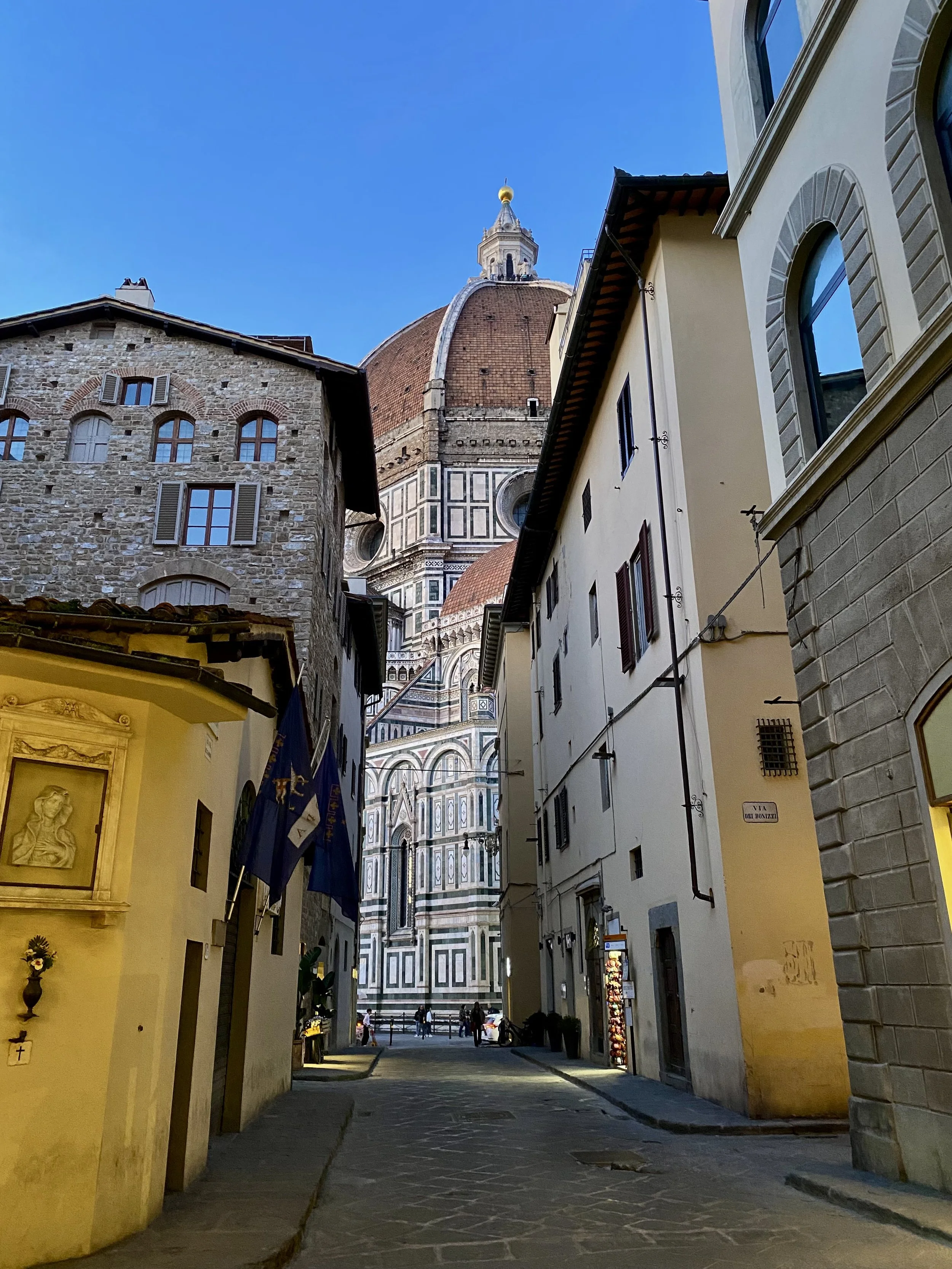
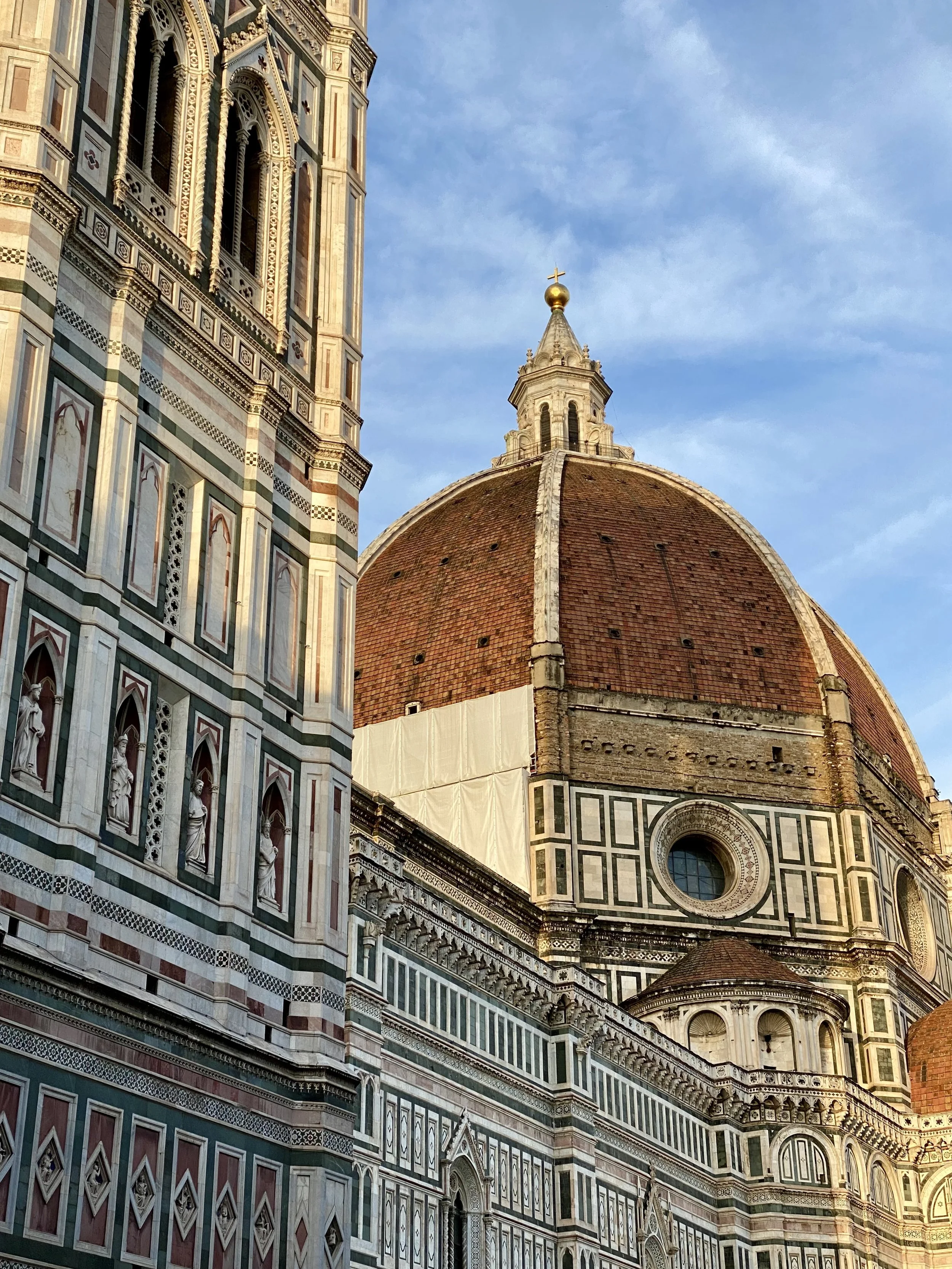
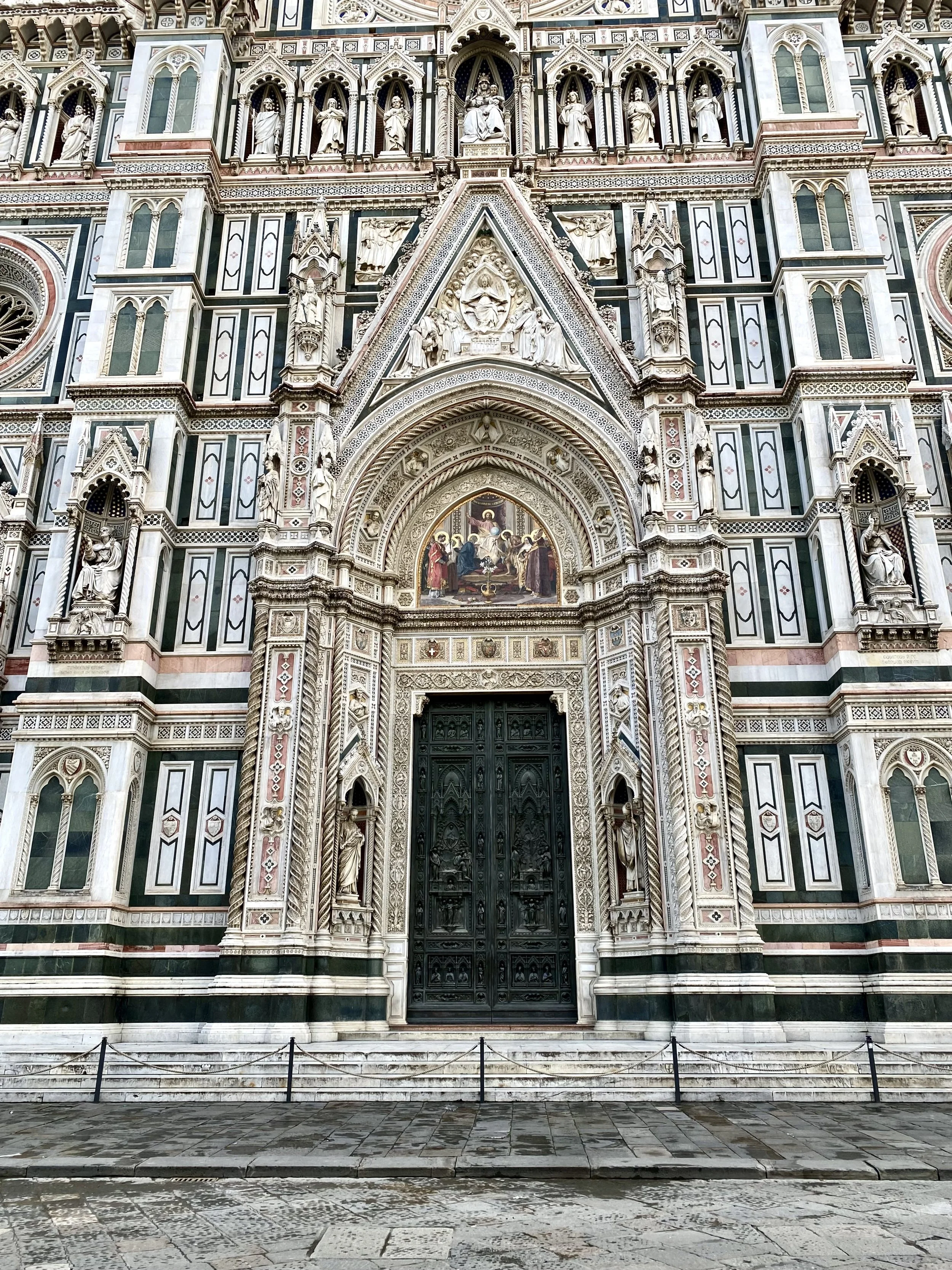
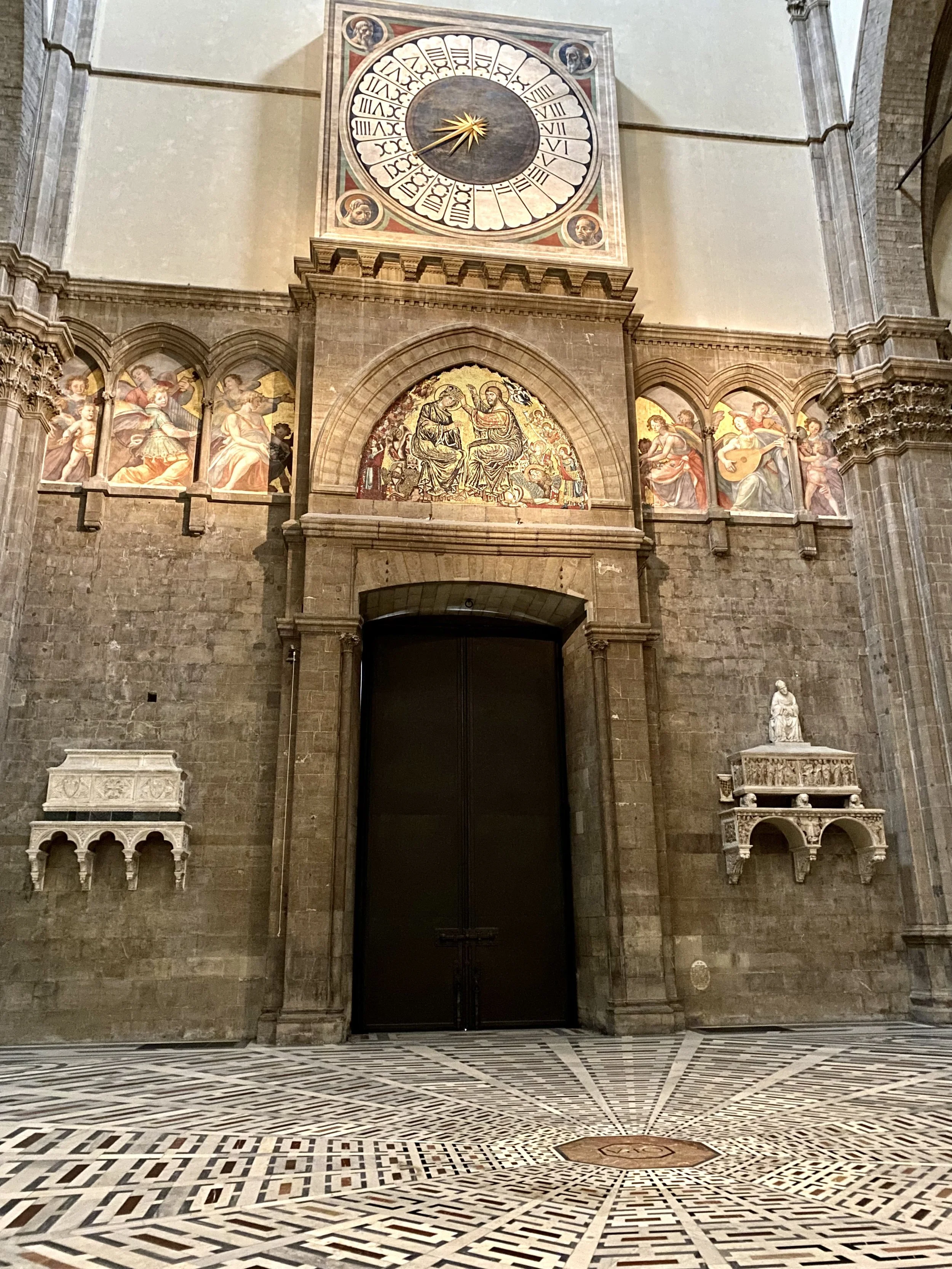
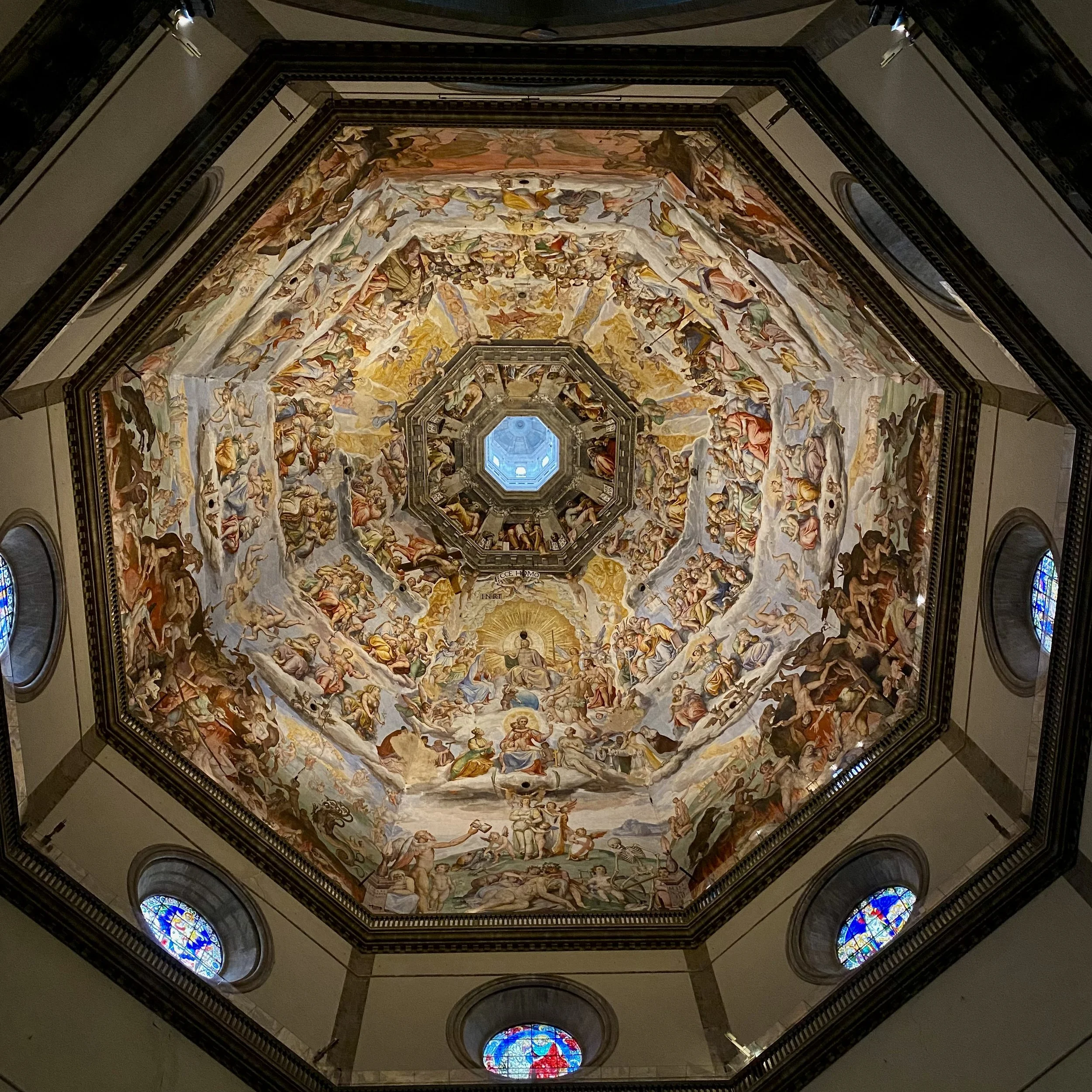












This stunning work by Picasso is housed in the Museu Picasso in Barcelona.
I was completely enchanted by this work when I came upon it while walking through the museum one afternoon. It is oversized, and unlike anything that I had ever seen before — by Picasso or any other artist for that matter.